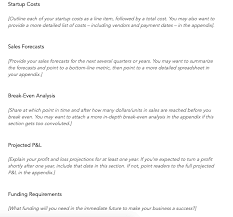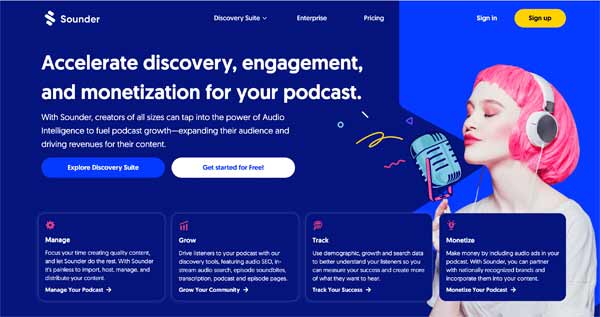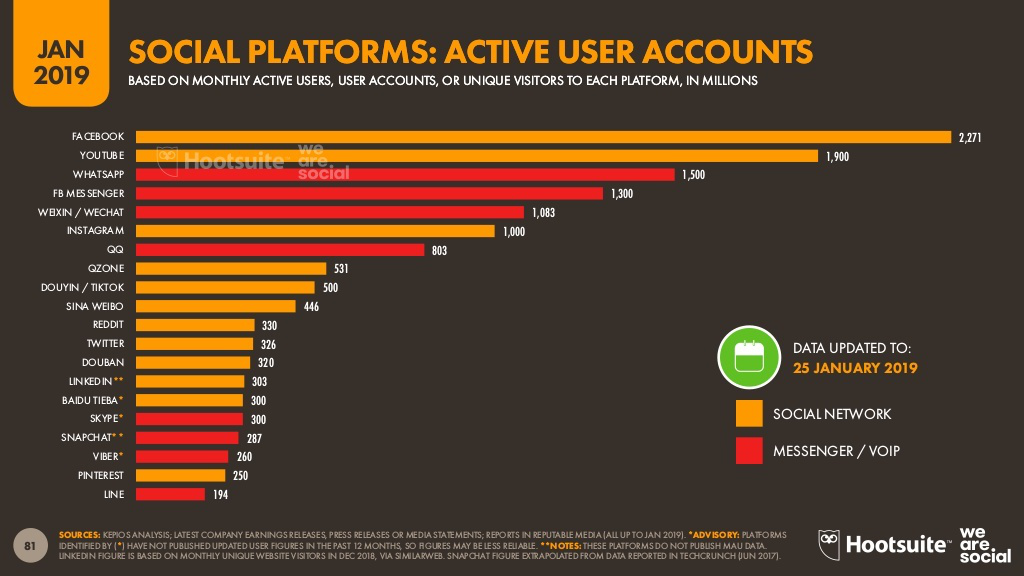
The difference between content marketing and product-based marketing is the focus on selling the product. Content marketing focuses more on attracting customers, and then converting them to buyers. A direct approach includes the use of price, promotion variables, and customer service to drive demand. In contrast, the purpose of a content-based approach is to appeal to a broader audience. Both approaches are valuable, but they each have their strengths and limitations.
While both are great, there are some key differences. Marketing with content is more cost-effective and takes longer than product marketing. Product marketing is quicker and cheaper, but it is also slower and more costly. Both have their strengths. Combined, they can be extremely effective and yield higher returns. No matter which marketing strategy you choose to use, the benefits are obvious. You can combine the two to create a balanced approach for you business.

A content marketing strategy addresses the needs of consumers. While a product-oriented approach seeks to reach them when they are ready, a content marketing strategy targets the exact time. It is not as targeted as content marketing. This makes it vital to have a broad understanding of your consumers and their problems. It is important to realize that there are no rules in terms of how you make your products or develop your strategies. Both tactics are designed to draw customers.
While content marketing is based on a channel, product marketing depends on a third party platform. Content marketing strategies are more effective than product-focused ones because they allow you to build your brand's reputation quickly. Nike, for example, is both a brand and a footwear company. But people don't buy Nike shoes just because they're the best on the market; they buy them because they want to be associated with an iconic brand.
A content-based marketing strategy focuses on education, while a product based strategy is focused upon selling products. While both marketing strategies aim to reach prospects and are similar in their goals, there is a difference in the scope or size of the campaigns. Both types of marketing serve the same purpose: to increase brand awareness and build trust in your brand. And, while they may have a lot of similarities, they are fundamentally different.

Product marketing is more focused on educating prospects about a brand and offering. Content marketing has a higher ROI, while revenue generation from content marketing is higher. There are some differences. Product marketing focuses on educating customers. Content-based marketing focuses on empowering customers. For example, content-based marketing promotes product development by building a stronger relationship with the customer. A brand that is familiar with its product will be more trustworthy.
FAQ
Do content marketing agencies provide the best service?
Many content marketing agencies have years of experience in creating content strategies and delivering them to their clients.
Their knowledge can save you tons of time and effort by providing a comprehensive plan based on your needs.
However, not all agencies have the same skills. Some agencies specialize in niches like eCommerce. Others are specialists in particular industries, such law firms.
Ask them to identify the areas that they specialize in, and then find the right agency.
What is the role and responsibilities of content strategists?
A content strategist can help you to understand what people are searching for online. They ensure your site is optimized for search engines, helping you rank high. They also create content that can be shared on social media sites such as Facebook and Twitter. They also write copy for advertisements, blogs, websites and other media.
Content strategists work closely with marketing teams and help to create a coherent plan for company's online presence. Content strategists may work on their own but often work in collaboration with the rest to ensure that each piece serves its purpose.
How can you make great content?
Good content should be interesting, useful, and shareable. The best content will have a clear call for action. This could be a link or button that allows readers sign up for a trial, read more about your product, or order something from your site. Your content should include visuals to be easily shared on all platforms.
How can I improve the content marketing strategy of my company?
By focusing on content and distribution, you can improve your content-marketing strategy. You must first understand your ideal customer. Also, find out where they are online. This information will allow you to tailor your content to their needs. The second is to develop a voice and style unique enough to distinguish yourself from your competition. You must also know how to effectively distribute your content.
How can content marketing be measured for success?
There are many ways you can measure the success of your content marketing strategies.
Google Analytics is an excellent measurement tool. This tool will allow you to see from where your targeted traffic comes and the pages they visit most often.
It also displays how long each visitor remains on your website before leaving.
This data can be used to improve content to attract people's interest and keep them engaged for longer durations.
These questions can also help you determine the success of your content marketing efforts.
Do my new subscribers get any value from my email newsletters or not? What percentage of my entire mailing list has converted into paying memberships? How many people have clicked through to my landing page? Are click-throughs more successful than other types of conversions?
These are all important metrics to track and monitor over time.
A third great way to measure the success of content marketing is to count how many people share your content through social media.
It's worth starting now, if it isn't already. It could be the difference between being visible and being ignored in your industry.
Statistics
- According to research compiled by Coschedule: Companies that publish 16+ blog posts a month get as much as 3.5x as much traffic as those that publish 0-4 posts a month. (criteo.com)
- Companies that use content marketing see approximately 30% higher growth rates than businesses not using it. (mailchimp.com)
- According to the Content Marketing Institute, 70% of B2B marketers and 86% of B2C marketers surveyed use content marketing in some form or other. (criteo.com)
- To further show the importance of this, 89% of people have stopped doing business with a company because of a poor experience. (neilpatel.com)
- In fact, would pay more for a better customer experience, and 86% of B2B buyers would pay more. (neilpatel.com)
- According to our research, brand awareness, attracting traffic, and generating leads remain the key content marketing goals in 2022. (semrush.com)
- Progress indicators (0–100%) allow each team member to see how attainable each goal is and understand what remains to be accomplished. (semrush.com)
- This marketing strategy landed Ford a 15.4% conversion rate. (neilpatel.com)
External Links
How To
How can you make your videos look more spectacular?
Video Marketing is one powerful tool in Content Marketing. Video Marketing allows you to connect with your audience and create trust. But how can we transform boring into something amazing? Let's get down to it!
-
Tell a story. Storytelling is the core of any communication. Video marketing cannot work without storytelling. To tell stories, you need to ask yourself what kind you want. Do you find it entertaining? Educational? Inspiring? Inspiring? Get inspired by these stories, and use them for inspiration.
-
Use images. Images convey emotions better than words. Images enable us to make connections with others, and allow us empathy. Images are essential for a video. You can add pictures to your slideshows or embed them directly in your blog posts.
-
It should be easy to share. You want viewers to spread the word. Make it easy. Include sharing buttons in your videos. Slideshows can include social icons. And if you're working on a YouTube channel, consider adding "Share" boxes to your videos.
-
Don't overdo it. If you have too many graphics and too much information, your viewer might lose interest. Keep it simple. You only need a few images to draw attention and keep it.
-
Keep it simple. People love to see short videos. A 5-minute video can help you create buzz about your brand.
-
Get feedback. Listen to what your audience has to say. Ask them to tell you what works. You can use the answers to improve your content.
-
You should create a plan. After you have created your first video, you should think about what you can do next. Can you create a series? Or maybe create a playlist with just the most popular videos?
-
Test, test, test. It is not good to publish a video and then discover that nobody has seen it. Be sure to test your video on your audience before you publish it. You will be surprised at the reaction you get. Next, make adjustments based on the results.
-
Repeat. Keep going until you find your perfect formula. Once you are familiar with the basics, you can create incredible videos time and time again.
-
You can measure the results. It is important that you measure the success of your videos. How did they perform Do certain audiences prefer specific videos? These questions will help to refine your strategy.
-
Make adjustments as necessary. You can't stop learning after your video campaign is live. Learn from your mistakes and adjust your plans as necessary. The best marketers always look for ways to improve.
-
Enjoy it. Although video marketing isn’t difficult, it can take patience. With experience you will discover new strategies, techniques, ideas, and methods to help you grow business.